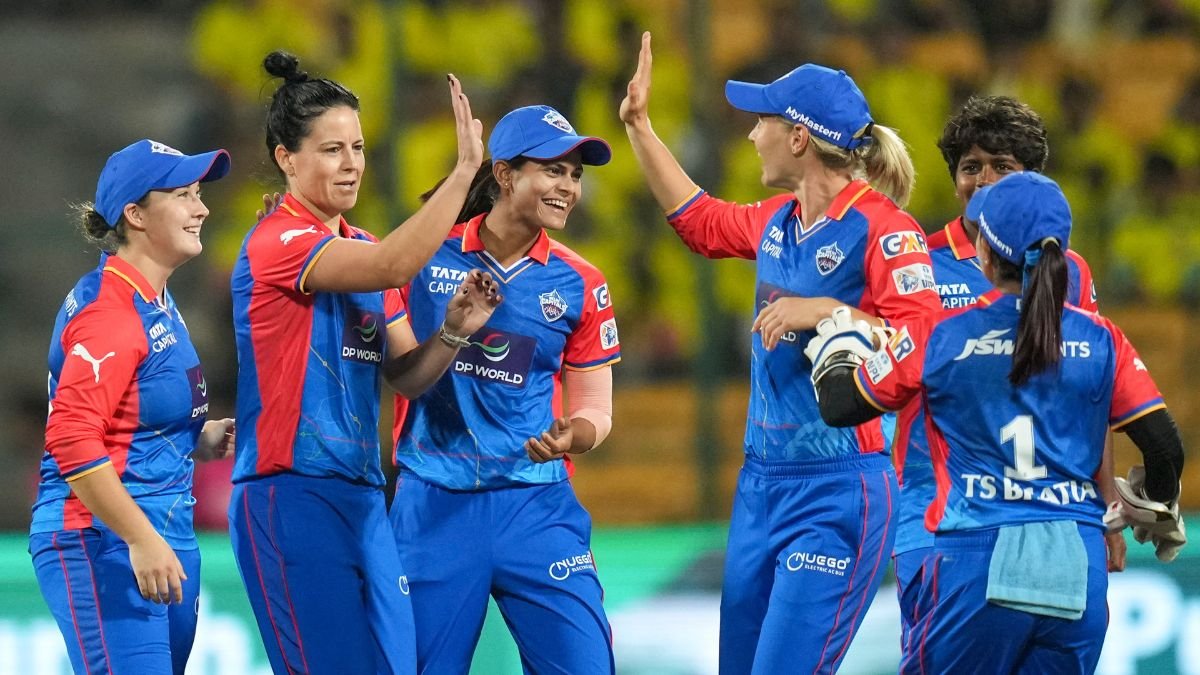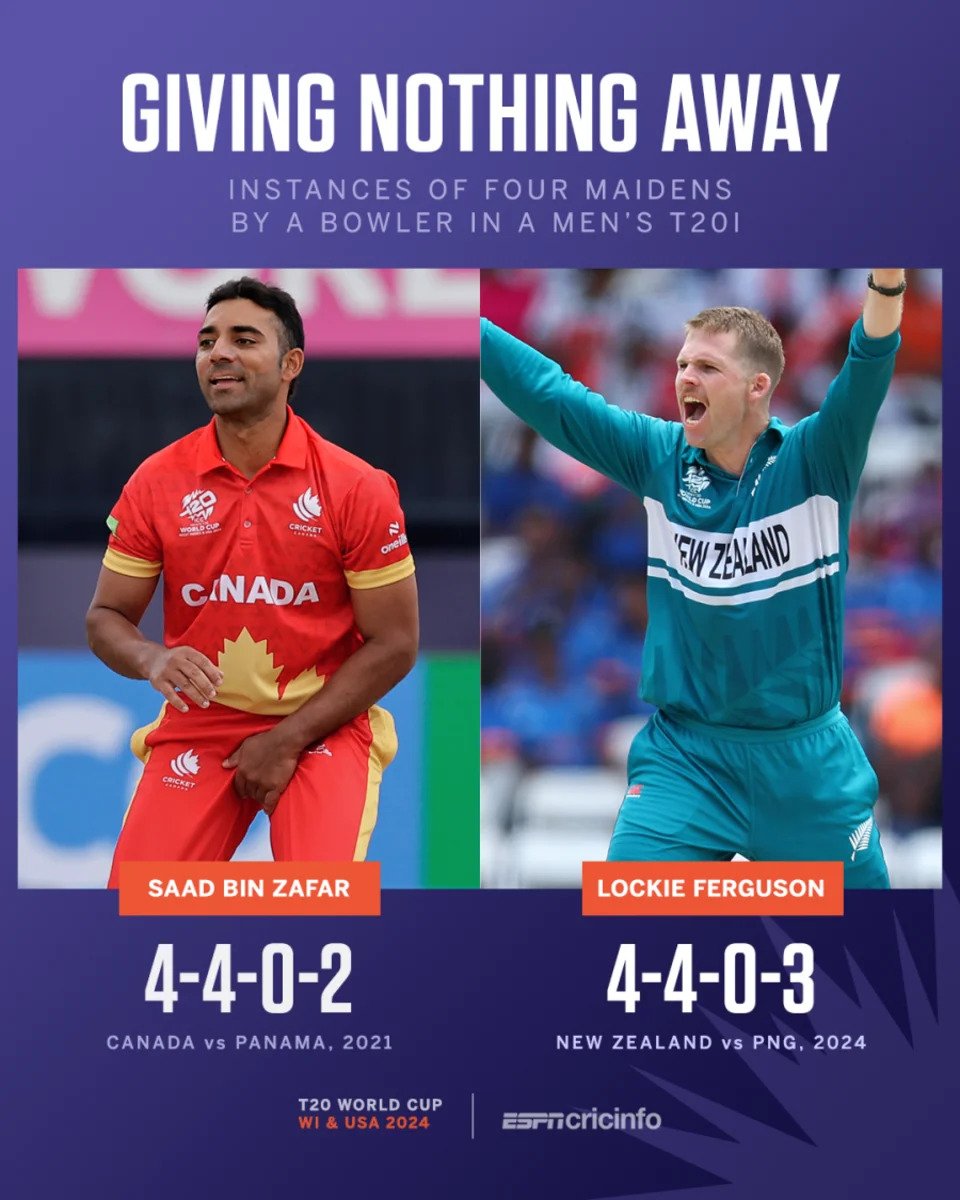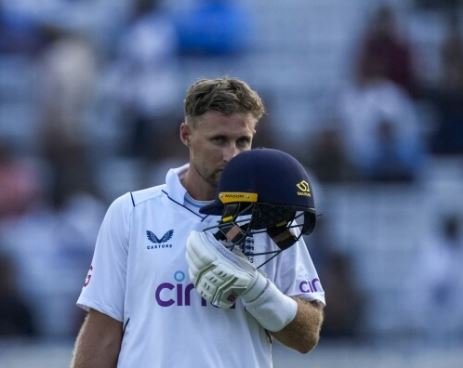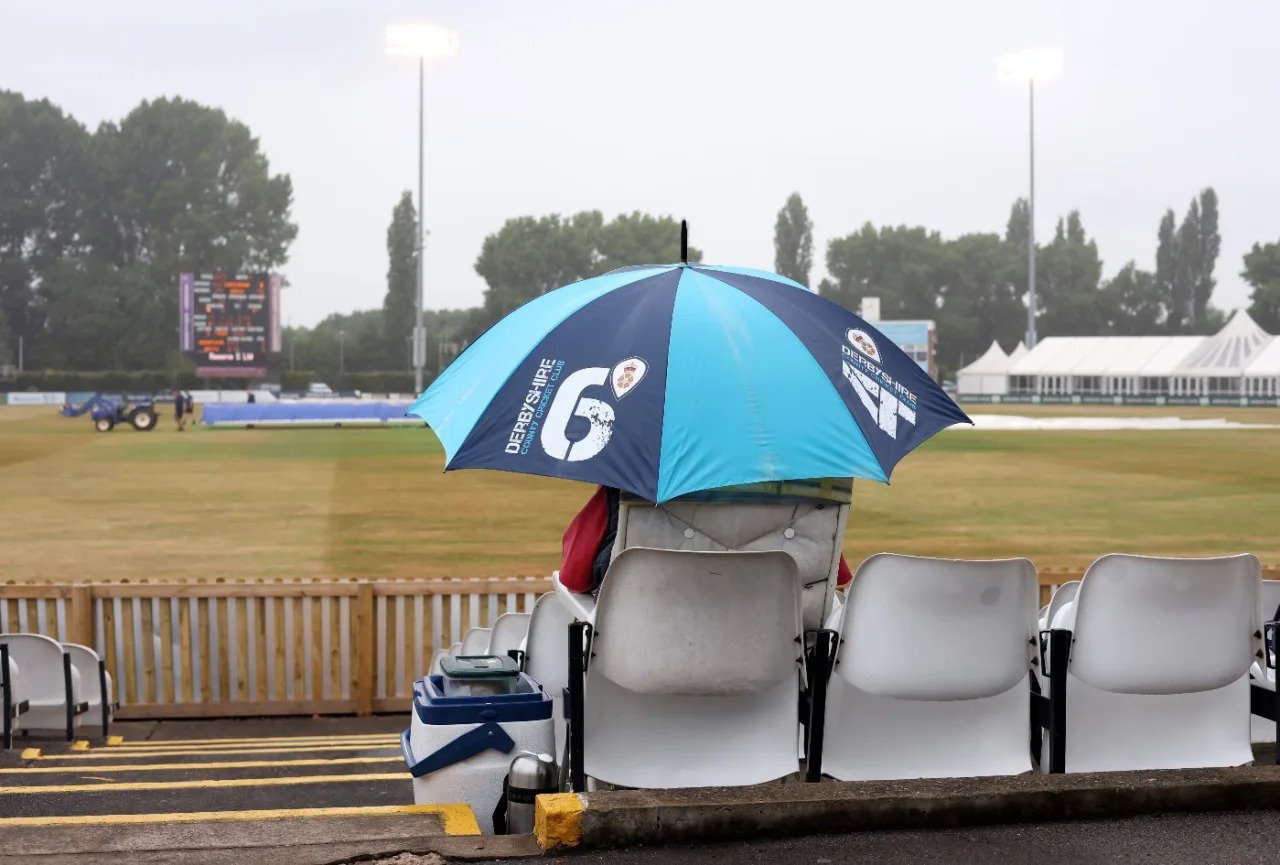In the Historical First ever ICC Test Championship Final, New Zealand outshines India to claim the title of Test world champions, marking a historic moment in cricket history.
Led by the composed performances of Taylor and Williamson, New Zealand triumphs over India in a gripping encounter that captivated fans worldwide.
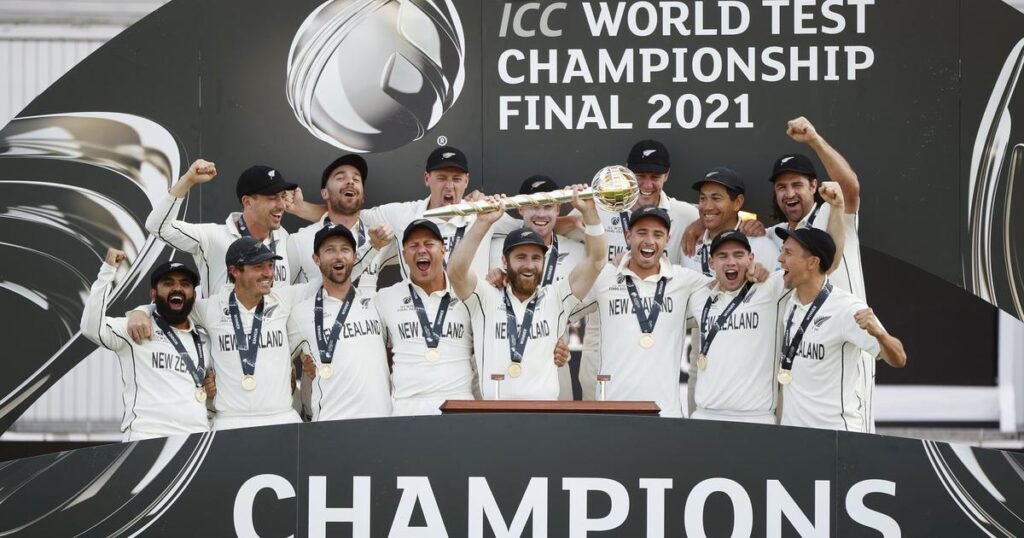
India 217 (Rahane 49, Kohli 44, Jamieson 5-31) and 170 (Pant 41, Southee 4-48) were defeated by New Zealand 249 (Conway 54, Williamson 49, Shami 4-76) and 140 for 2 (Williamson 52*, Taylor 47, Ashwin 2-17) by eight wickets.
New Zealand hearts were broken once more, but not even the terrible English weather could equal that. Magnificent late-evening sunshine helped New Zealand win their first world crown, the inaugural World Test Championship, two years after they were eliminated from the ODI World Cup without really losing the final. On the sixth reserve day of the match—which comprised only three and a half days of real cricket due to inclement weather—it was already past the official closing hour.
However, what a cricket that was. In a short amount of time, two very good teams faced very challenging batting conditions to produce an exciting game of cricket. In order to stand a chance of winning, New Zealand had to be extremely effective, reliable, and skilled, and they succeeded just on schedule.
Despite the over rates, the ICC promised 98 overs on the final day, which New Zealand started with eight wickets to spare before they could bat and make up the runs they had given up in addition to the 32 India had at the end of the fifth day. Thanks to meticulous planning and a relentless attack, they were able to take a wicket every five and a half overs.
The previous three innings had gone at 2.35, 2.5, and 2.32 an over, and India was not exactly laying everything on the plate, so a target of 139 in 53 overs was not exactly a piece of cake. They had only achieved 44 in 17.2 overs when R Ashwin removed both of the openers. A weaker batting lineup may have even taken a chance and offered India a window, but Ross Taylor and Kane Williamson’s enduring combination of 96 in 28.3 overs brought them home.
There was little space for error or more weather interruption because everything was so close together. It’s possible that New Zealand turned to the cricket gods when times got tough. To the boundary countback, to all the close calls, to the sudden one-hour downpour on the fifth morning (which did not fall in many other Southampton neighborhoods), to Rishabh Pant’s dropped catch on the sixth day, which made it too close for comfort as New Zealand tried to secure the last few wickets.
India was ultimately forced to pray to the cricket gods after losing an ICC event knockout match for the sixth time since winning the Champions Trophy in 2013. The undulating bounce on a course that is essentially a fourth day’s work will give fans a taste of what may have happened if Southampton had stayed dry throughout the championship match. Then, following a full day of rain, they lost the toss and encountered the worst of the weather.
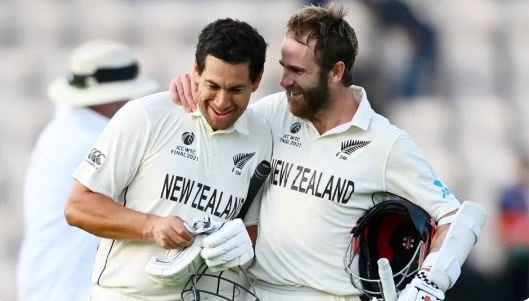
India’s second-inning batting effort, which lasted only 73 overs, may draw some criticism, although they faced a formidable five-man seam attack. The attack was aware that it would need to force the wickets to fall.
Kyle Jamieson raised his hand during the first session, not for the first time. Virat Kohli and Cheteshwar Pujara played at balls they had become proficient at leaving because of his height and skill set.
When Jamieson smacked Kohli on the pad with one more inswinger that was a little too high, it would have still been fresh in his memory from the first-inning leg bye. Maybe for that reason, Kohli edged him through by pushing at a short ball well outside off. Soon after, Pujara pursued a length ball outside off and, for the first time since December 2019, was caught at slip off a fast bowler.
With his tail up, Jamieson almost quickly made it three when he replayed Pant’s first-inning dismissal, but Tim Southee dropped an easy catch at second slip. After having a lackluster opening performance on day two, Southee kept New Zealand ahead on day five with an attacking half-century to take the lead and two brilliant leg-before-wraps off inswingers to dismiss the Indian openers in the evening’s flat conditions. Now as the clock was ticking down, Pant was punishing New Zealand with erratic runs after a catch was dropped.
But only thirty minutes before lunch, Ajinkya Rahane gloved a harmless Trent Boult delivery down the leg-side, giving New Zealand one back and a lead of 77 at 109 for 5. Around this point, India concluded that the remaining portions of the match will be decided by runs rather than time.
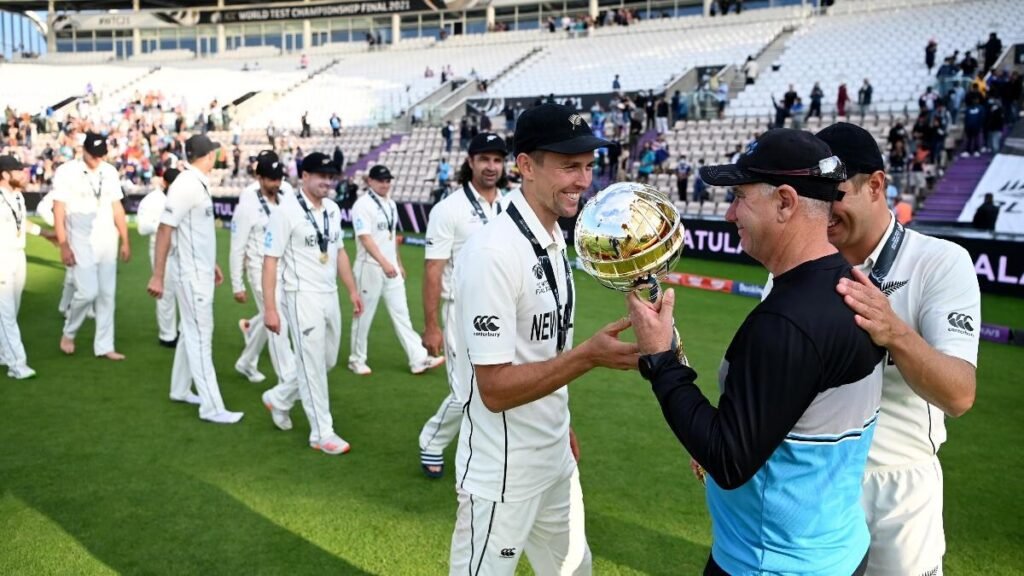
As Boult and Southee launched an onslaught in the run-up to lunch, Pant and Ravindra Jadeja took their opportunities. It was nearly 98 for 5 by lunchtime. New Zealand was now unable to finance another appearance.
The pitch appeared flat at this point. The hitters appeared at ease now. Neil Wagner’s turn came now. In the tenth over of that stint, he unleashed a flurry of short balls that not only stopped the scoring but also forced the Jadeja to a length ball, which allowed BJ Watling to move up to seventh place on the all-time catches list in his final Test match. With his ring finger displaced, he accepted this one and remained silent.
After taking an outrageous risk by becoming the highest scorer in this innings, Pant ultimately jumped the gun and got a huge advantage by skipping down at Boult. This appeared to be a safe catch until Henry Nicholls made the hardest type of catches appear absurdly easy by running back from point and taking it over his shoulder. After that, floodgates opened, but Mohammed Shami’s risky thirteen brought the asking rate in the final innings to 2.62.
With the new ball, India got off to a testy start, but Ashwin lifted their spirits with some magic to dismiss the two left-hand openers. Following a crisp offbreak, Devon Conway caught Tom Latham by leg before wicket. Six of those overs yielded four runs, bringing the asking rate for the final 31 overs to a fair three runs per over.
The asking rate was not the only factor. There was always a possibility of a breakdown that would have pulled India back in if you pursued too hard and lost focus. New Zealand aimed to increase their run total more quickly without running the risk of needing to play for a draw.
Taylor and Williamson found the right balls in the face of severe pressure. The first opportunity to get away with bowling balls short and wide came from the fading Shami, who was bowling his eighth over of 23 in the batting. Then Taylor took Ashwin on and hit a wide mid-on bounce. Now that they were in the flow of the innings, all of their experience and knowledge showed through as they, ironically, saw the ship home at 6.35 p.m. in glorious sunshine after having initially steadied it.

